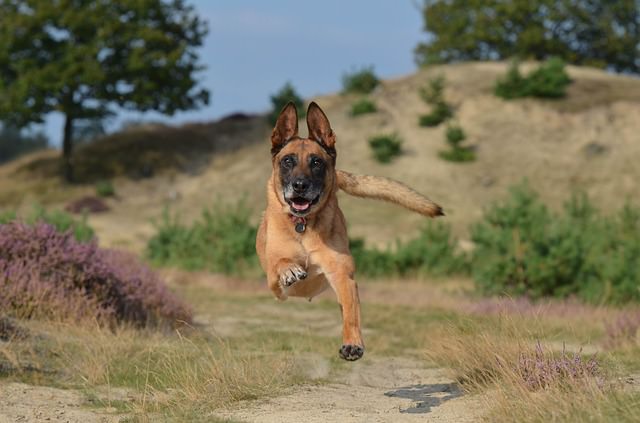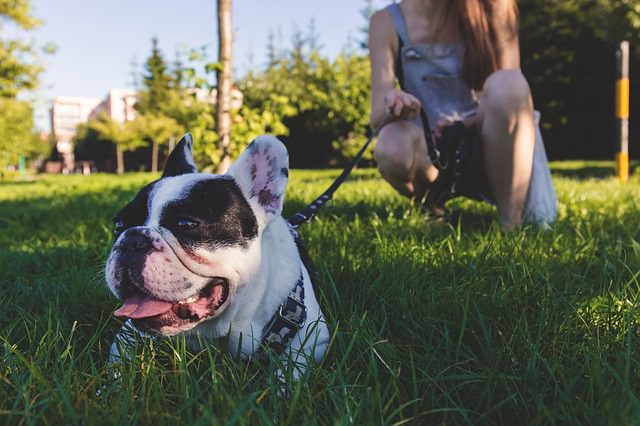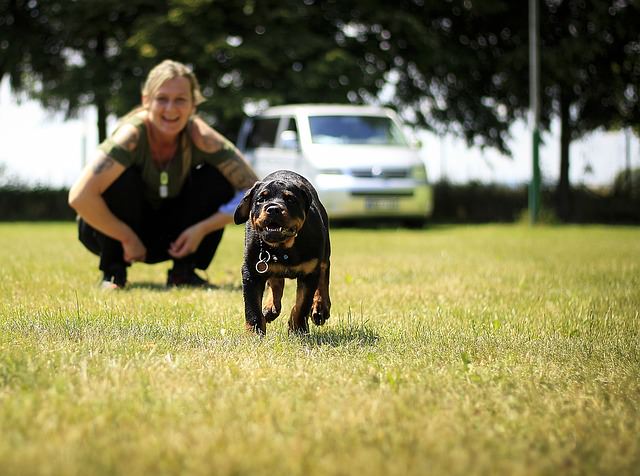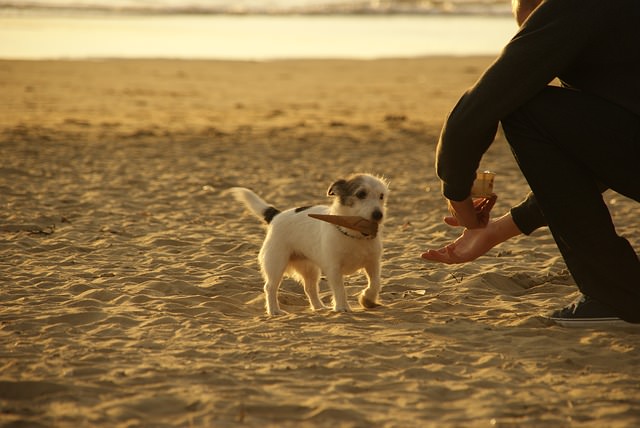Each dog parent has the personal choice to decide on the level of training their pup receives. Depending on their temperament and lifestyle, full obedience training may not be a priority, but trainers and behaviorists agree that there is one command that all dogs should master. The “come” or callback command helps empower you to keep your pup safe. It could end up being the one thing that prevents your dog from getting lost, injured, or worse.

You may be thinking, ‘my dog already comes when I call him…most of the time.’ Unfortunately, it is the times when our dogs are distracted and defiant that the come command is most important. Professional dog trainer, Kristina Lotz told iHeartDogs:
“Come is the one cue that can keep dogs from running away or getting lost. It allows them to be caught during an emergency. In short – It’s the one cue that can save their life.”

Lotz shared her own personal method for teaching the come command as well as some helpful tips and tricks to ensure the best results with your own dog. She says the first step is to choose and “load” your cue word. Most people simply choose the word “Come,” but if your dog already has negative connotations with that word or is being retrained, you can try “Here” or “With me.”

This is the fun part for your pup! In order to load your callback word, you are going to provide lots of treats. Lotz recommends gathering:
“20 small, soft, easy to eat/swallow treats and a stopwatch. The goal is to use those 20 treats in about 30 seconds. You can use your dog’s meals if he is a “food hound,” but you want to make sure it’s a high value treat that your dog is excited about.”

Have your dog sit or stand by your side, say the word, feed a treat, and repeat! At this point, you aren’t asking him to actually come, you are just building a positive association to the callback word.
“You cannot reinforce a come too much,” Lotz says. “The more positive association he has with that cue, the more likely your dog will be to “drop everything” and run to you.”

To test whether your dog has learned his cue, wait until he is distracted and call out the word. If his head whips around and/or he rushes to your side, he’s got it! Be sure to reward him and praise him.
Next, practice, practice, practice! You want to make sure your pup is having fun so you can hold his attention. Lotz recommends turning recall practice into a game since repetitive drills can get boring and frustrating.

Try Puppy Ping Pong, where the dog is called back and forth between two humans. You’ll want to:
- Stand opposite your partner (start out relatively close, a few feet).
- Take turns calling the dog (say the cue only ONCE). If he doesn’t immediately come, just wait him out (you can keep him on a long line so he can’t wander too far).
- The person who didn’t call the dog needs to completely ignore him at this point, to make it easier on him and to not reinforce him for ignoring the cue.
- When the dog comes, give LOTS of praise and treats.
- Repeat back and forth between your partner and yourself.

Another dog training favorite that pups love is Hide-and-Seek. Simply hide in an easy place and call out your cue word to signal your dog to come find you. Use increasingly harder hiding spots and work up to several people hiding and calling your dog in turn.
When you feel ready, you can move on to more challenging real world trials. *Be sure to keep your dog on a long lead until you are 100% sure he has mastered the come command. Safety first!

Throughout the process, keep Lotz’s training tips in mind:
- Only say your cue word ONCE – if you keep saying it your dog learns to tune out the cue and only respond when he feels like it (or not at all).
- If your dog doesn’t come after you call him, calmly and quietly go get him. Studies have proven that silence is the best way to show your dog he did something wrong.
- Don’t use your cue word unless you are sure your dog will be successful.
- Never call your dog when you are mad at him or to punish him
- Never call your dog for something he does not like (bath, nail trim, car ride, go in the crate, etc.)
- Always reward your dog when he comes (treats, toys, praise, petting, etc.)

If your dog gets confused or distracted and does not come immediately, Lotz recommends these tricks:
- Get down closer to the ground in an inviting stance, arms open, crouched or kneeling
- Make kissy noises
- Pat your legs
- Turn and run away (most dogs love to chase)
- Squeak a toy
Not every dog owner is comfortable taking such an important training lesson into their own hands. Don’t feel bad – that’s what professional trainers are for! Ask your vet or fellow dog parents for a recommendation in your area.

